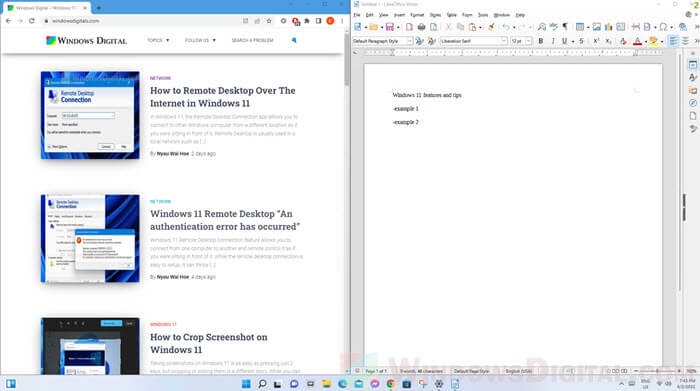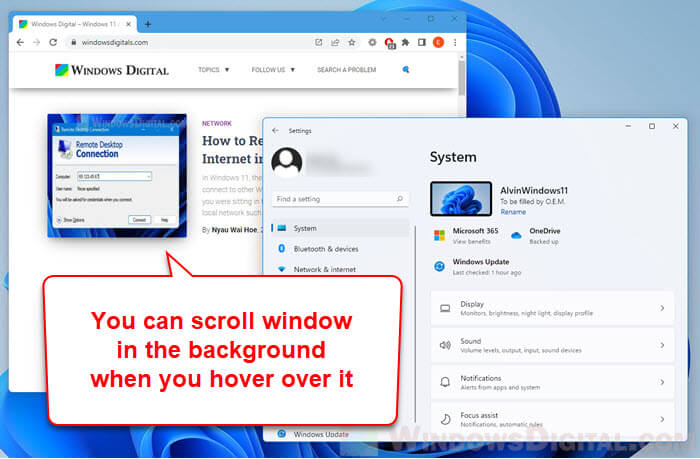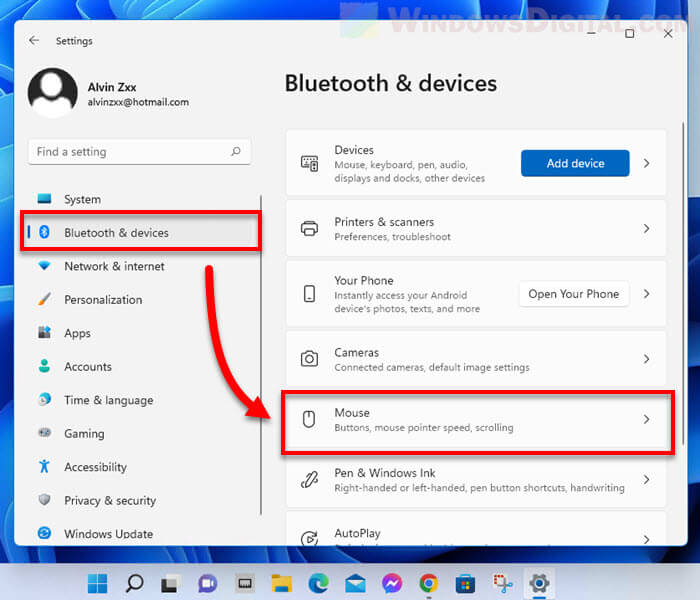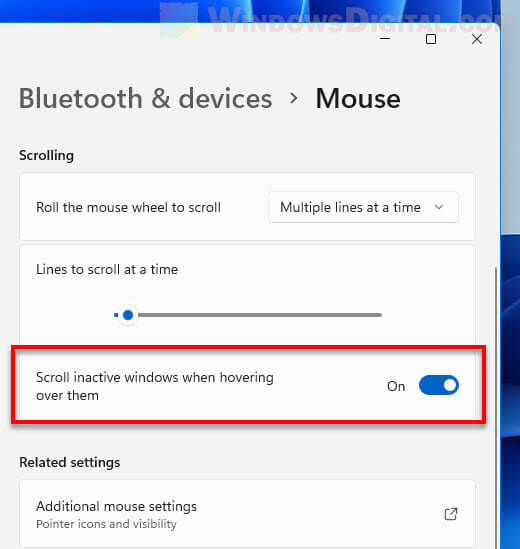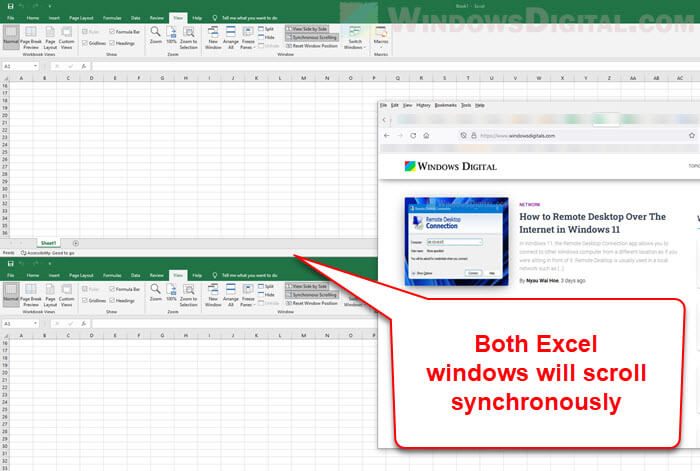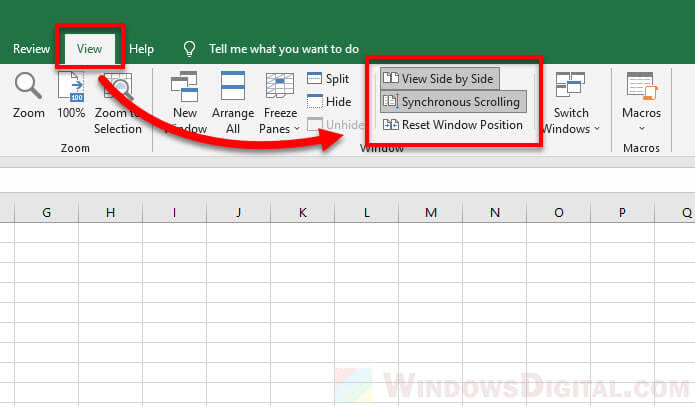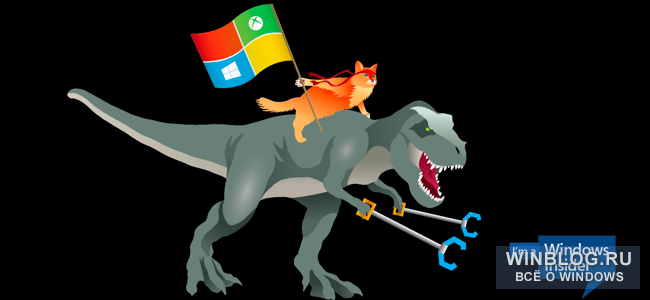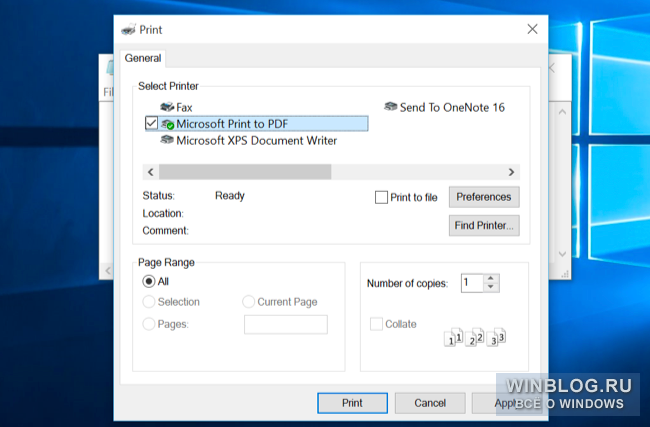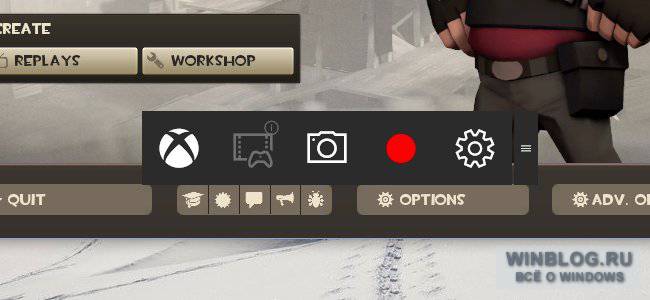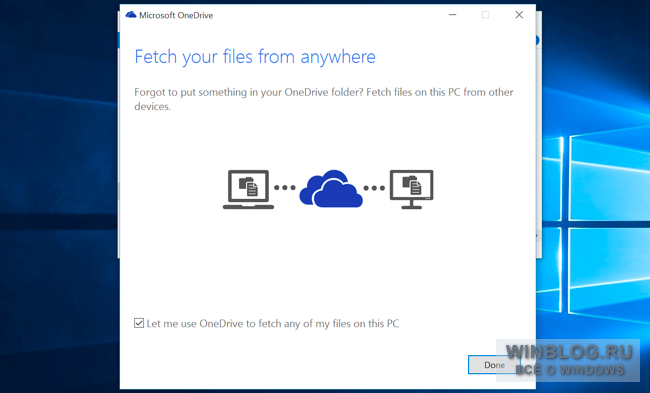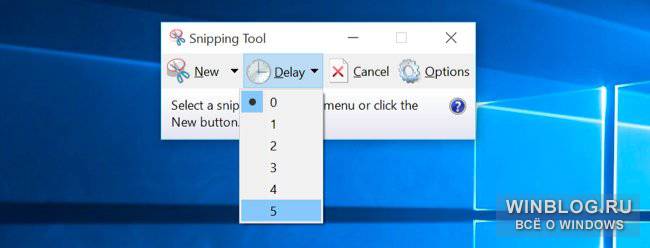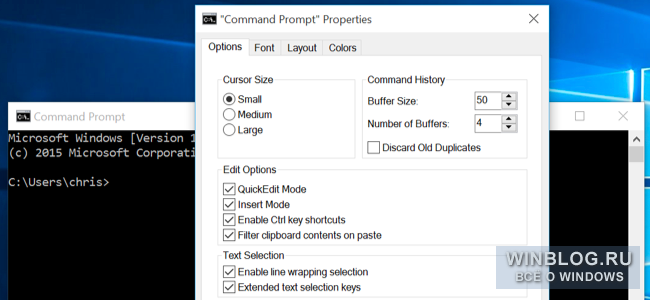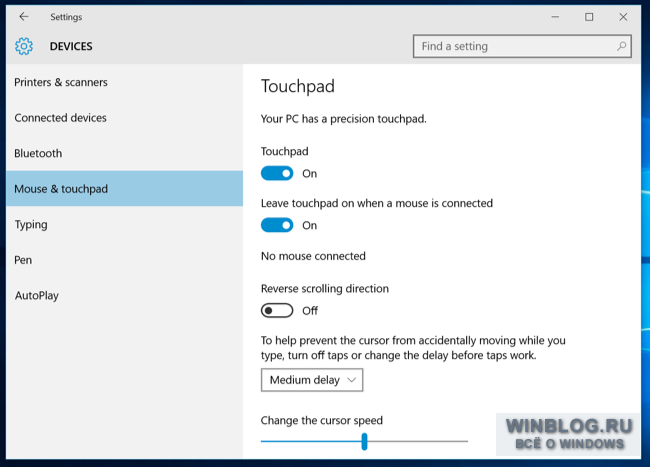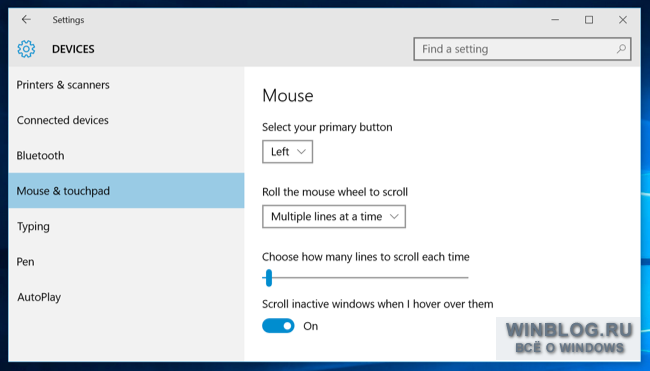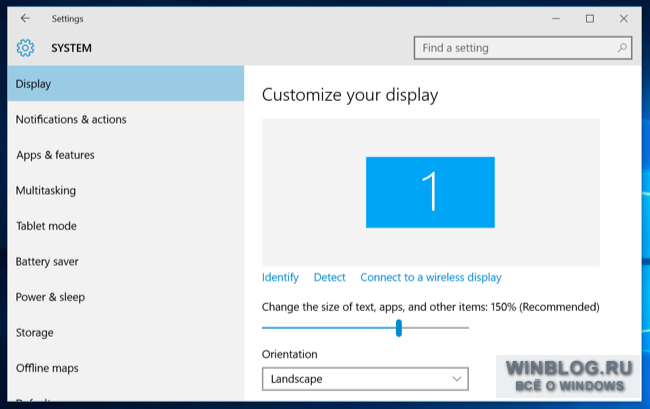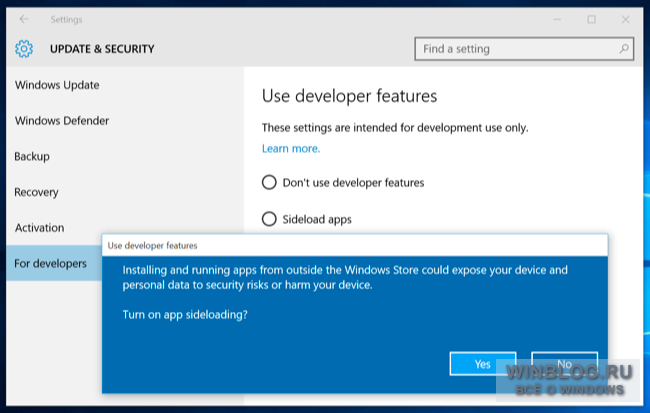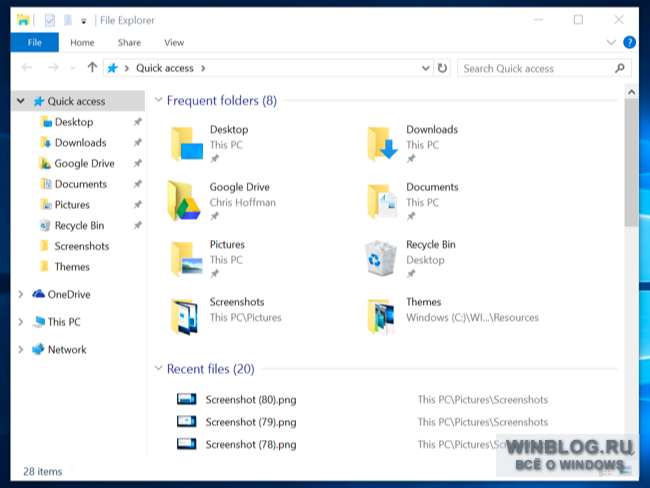“Scroll inactive windows” is an ability to scroll windows that are not active, or in other words, not in the foreground at the moment. In Windows 11, there is an option that allows you to set whether you want to have this feature enabled or not. When turned on, you will be able to scroll inactive windows when you hover your mouse cursor over them.
This feature can be very useful when you are multitasking or having multiple windows opened at a same time. You can scroll whichever window in the background without needing to select the window first.
An example would be when you have two windows opened side-by-side while you are actively working in one of the windows, e.g. writing an article, you might need to scroll the other window for information. With this feature enabled, you can scroll the other non-active window without selecting it first.
Although the ability to scroll inactive windows can come in handy in most cases, some people may not like it. In some situations, accidentally scrolling unwanted windows even when they are not active can be annoying. Since the “Scroll inactive windows when I hover over them” option is enabled by default, you can follow the same steps below to turn if off instead if you don’t like the feature.
How does scrolling inactive windows work?
If you have an office window active in the foreground while having another Chrome’s window in the background, when you hover your mouse cursor over the Chrome’s window and spin the scroll wheel, the Chrome’s window will scrolls even when it is inactive (not in the foreground).
This is when the “Scroll inactive windows when hovering over them” option is enabled in Windows 11. If you can’t scroll any window in the background, it means the option is disabled.
How to enable or disable “Scroll inactive windows” in Windows 11
To turn on or off the “Scroll inactive windows when I hover over them” option in Windows 11, follow the steps below. Note that this feature is enabled by default in Windows 11.
- Press Win + i keys to open Settings.
- On the left pane, select Bluetooth & devices, then on the right, select Mouse.
- Under the “Scrolling” section, click the toggle button next to “Scroll inactive windows when hovering over them” option to turn it on or off.
Also see: How to Move a Window That is Off-Screen in Windows 11
Scroll inactive windows not working
Excel issue
If there are multiple excel windows in the background while another window active in the foreground, when you hover your mouse over one of the Excel windows, it will only scroll the last active Excel window. This has been a common issue since Windows 10 where users cannot scroll some of the Excel windows that are not active.
There is no clear fix to this issue yet as of now. If you really need to use the scroll inactive windows feature while working with your spreadsheets, you may want to consider trying another spreadsheet program such as LibreOffice – an alternative to Microsoft Office.
Another workaround to this would be to turn on synchronous scrolling from the View tab in Excel. When this option is turned on, scrolling in one excel window will also scroll other Excel windows synchronously (simultaneously). Though this doesn’t fix the root of the issue, but it can be useful in some situations.
You can enable this option from the View tab in Microsoft Excel. First, enable the View Side by Side option, then select Synchronous Scrolling. Note that these options will only be available when you have two or more Excel windows opened, otherwise the options will be greyed-out.
Mouse and touchpad
If you are using a touchpad to scroll inactive windows, there is a chance that it won’t work when you scroll with a touchpad instead of a mouse. In that case, you can try to install Precision Driver for the touchpad and see if you can scroll inactive windows after that.
Often you may be wondering whether or not you should turn on “Scroll Inactive Windows When I Hover Over Them” on your Windows 10 computer. While the feature is incredibly useful, it can also be annoying in some circumstances. Read on to discover whether you should turn on this feature and why. Scroll Inactive Windows When I Hover Over Them
You can enable this feature in Windows 10 by visiting the Settings App and finding the option “Scroll inactive windows when I hover over them”. This setting can be found under the Devices section, Mouse & touchpad. When you have it enabled, you’ll be able to scroll inactive windows as you hover over them. If you’re not using it, simply disable it. It will still be available in Windows 11.
To turn on inactive scrolling in Windows 10, click the “Mouse Wheel” icon. Then, select the corresponding DWORD value. In the resulting dialog box, type “inactive” and hit the Enter key. You should now notice that the Windows 10 desktop will automatically scroll inactive windows when you hover over them. Once you’ve done this, you can use the mouse wheel to move the window or tabs that you’re hovering over.
Why is Windows 10 Scrolling Not Working?
You may have noticed that your mouse cursor is not scrolling inactive windows when you are using the mouse. While this feature is useful for many situations, it is annoying in others. To make the mouse cursor scroll inactive windows, you need to enable this feature. Navigate to the Settings > Devices > Mouse & Touchpad. From there, click on the Scroll inactive windows toggle. Once enabled, you can begin to scroll inactive windows without losing focus.
Another way to fix this issue is to enable the feature in the mouse’s settings. The “Scroll inactive windows” setting in the mouse’s settings is related to the All Apps list. Unlike in previous versions of Windows, you have to enable this setting manually. This will result in your mouse not automatically focusing on the box control when you hover over an inactive window.
How Do I Fix Windows Scrolling?
If you are having trouble with your Windows PC, you may have discovered that your windows are scrolling when you hover your mouse over them. This problem is generally caused by a software bug or a misconfigured mouse or scroll wheel. If this happens to you, don’t panic, there are many ways to fix the issue. This article explains the most popular solutions to this problem. If you can’t find an appropriate solution for your particular problem, you may need to try a system restore.
If you’re using Windows 10, you can enable the feature “Scroll inactive windows when you hover over them.” To enable this feature, navigate to the Settings window and click on Mouse. Under Mouse, select the “Scrolling” tab. There, click on the toggle to enable this feature. If you enable it, the inactive window will scroll once you’ve pressed the ‘Scroll’ key on your keyboard. If you enable this option, the problem will go away, and you’ll be able to use your mouse to scroll your windows again.
What is an Inactive Window?
You have probably heard of inactive windows, or the windows that don’t receive any attention at all. You see them on the taskbar – an active window is the one being used by the user, and an inactive window is one that isn’t. But what is the difference between them? How can you improve the content of your inactive windows? Here are some suggestions. Let’s look at a few of them.
Scroll Inactive Windows: This feature is included in Windows 10 and has been carried over to Windows 11. In order to enable it, you have to hover your mouse pointer over an inactive window. You can disable it by clicking the mouse wheel. Scrolling inactive windows is very useful if you are writing a document or researching a website. You can even use it when you snap multiple screens side by side. Just be sure to enable the option in your Mouse and Touchpad settings.
Why Does My Screen Scroll Down by Itself?
If you’re wondering, “Why does my screen scroll down by itself when I hover over inactive windows?”, you’re not alone. The problem can be distracting and can even slow down your computer if it happens frequently. Here’s how to solve it and prevent the problem from happening again. Firstly, you need to know what is causing the problem. Some users have reported that it’s a mouse issue or a touchpad issue. You can fix this by enabling the Windows Safe Mode option.
To enable the feature, go to Settings > Devices > Mouse and Touchpad. From there, look for the “Scroll inactive windows” setting and toggle it to “On.” This feature can be useful when you want to research the web, write a document, or even snap multiple screens side-by-side. Simply hover your mouse over the window that you want to scroll down and it’ll scroll.
How Do I Enable Two Finger Scrolling on Windows?
To enable two-finger scrolling on Windows when hovering over them, you can access the mouse properties window and go to the touchpad tab. There, you can enable the function, or you can check for empty Value Data fields. If this doesn’t work, you can try changing the pointer in Control Panel. Then, restart your computer and you should be good to go.
First, you need to open the Registry Editor. Press Windows and R on your keyboard to launch the Registry Editor. After a few seconds, you should see the Registry Editor window. Locate the entry named “3FingerTapPluginID” and change its value to empty. This should enable two finger scrolling. If it doesn’t work, try changing the mouse pointer and see if it helps.
Next, open Device Manager. Expand the category labelled “Mices and other pointing devices”. From there, select the mouse device and click the driver tab. Once inside, click the Update Driver button. If the update is still failing, you can go back to the previous driver. You can choose a driver from the history to fix the problem. You should now be able to scroll with two fingers on Windows.
How Do I Enable Scroll Wheel?
Windows has a new feature called “Scroll inactive windows when I hover over them” and by default, this feature is enabled. While this feature is handy in most cases, there are situations where it can be distracting. To disable it, follow these steps:
Inactive window scrolling is a new feature in Windows 10. This feature allows you to use the mouse wheel to scroll inactive windows without selecting the window. You’ll find this feature useful when multitasking because you don’t have to switch between windows to navigate through the content of one. Simply hover over an inactive window and use the scroll wheel to move the window up and down.
To enable scroll wheel on inactive windows when hover over them, go to Settings, Devices, Mouse, and click the Scroll inactive window toggle button. Scrolling inactive windows is useful for many purposes, including writing documents, researching the web, and snapping multiple screens side-by-side. Hovering over an active window allows you to scroll it. If an inactive window isn’t scrolled, you’ll see a white bar on the screen.
How Do I Turn Off Auto Scroll in Windows 10?
Inactive window scrolling is an excellent way to get more done in multitasking. Simply hovering over an inactive window makes it scroll up or down automatically. While it can be handy, you may find it annoying. To turn off auto scrolling in Windows 10, simply go to the Settings app and uncheck the box labeled “Scroll inactive windows when I hover over them.”
To enable the Inactive Scrolling feature, click the MouseWheelRouting value in the Registry. To do this, simply change the Value data from 0 to 2. You can also enable or disable it in the Control Panel. To enable or disable this feature, repeat the process for Windows 11.
Another way to disable auto scrolling is by changing the settings for the Mouse. Usually, it is enabled by default, but you can turn it off in the Control Panel by clicking the “Scroll inactive windows” toggle. If you need to scroll inactive windows, you can scroll to the last window by hovering over the window. Just make sure you don’t enable this option while you are working, or it may become ineffective.
Learn More Here:
1.) Windows Help Center
2.) Windows – Wikipedia
3.) Windows Blog
4.) Windows Central
To enable scrolling inactive windows, open Settings > Devices > Mouse & Touchpad. From there toggle on Scroll inactive windows when I hover over them. You just simply hover your mouse over the window you want to scroll and start.
What does it mean scroll inactive windows when I hover over them?
Windows 10 has a neat new feature that lets you scroll in non-active windows on the desktop, just as with the Mac. If you mouse over the inactive window—the one in the back and visually below the front-most window—you can’t scroll within that window. (Unless you select it first, bringing it to the front.)Mar 30, 2015.
How do I turn off inactive windows scrolling?
How to disable inactive window scrolling in Windows 10 Open the Settings app (Win+I keyboard shortcut). Click the “Devices” category. From the left sidebar, click the “Mouse” page. Toggle the “Scroll inactive windows when I hover over them” option to “off”.
Why is Windows 10 Scrolling not working?
On your keyboard, press Windows key + X key together to open quick-access menu. Then click Device Manager to open it. Find and expand Mice and other pointing devices dialog. Then right-click on you touchpad driver to choose Properties.
How do I fix windows scrolling?
Windows 10 Scrolling by itself Quick Fixes Unplug your mouse, then plug it back in after a few minutes. Plug your mouse into a different USB port. Make sure your mouse cable isn’t damaged. If you’re using a wireless mouse, check or change your batteries. Make sure there’s no dirt blocking your scroll wheel.
How do I change my palm threshold?
Under Devices, click Settings. Look for Pointing and click the + sign to expand it. In the menu that opens, click the + sign beside Sensitivity, then click Palmcheck. Here you can now adjust it by dragging the slider.
How do I scroll without clicking?
Move your fingers between the top and bottom of your touchpad to scroll up and down, or move your fingers across the touchpad to scroll sideways. Be careful to space your fingers a bit apart. If your fingers are too close together, they just look like one big finger to your touchpad.
How do I turn off auto Scroll in Windows 10?
How to Disable Windows 10’s “Inactive Window Scrolling” Feature Head to the new Settings app and click on the Devices section. Click the Mouse & Touchpad tab. Switch “Scroll inactive windows when I hover over them” to off.
Why is my screen scrolling by itself?
Remove any patch, update or program you recently installed that may be causing the scrolling. If you recently installed a patch, program or update, some of the files may be corrupt, which could cause the scrolling. Click on “Uninstall.” Restart the computer and reinstall the program.
How do I stop Windows 10 from scrolling automatically?
Step 1: Press Win + I at the same time to open the Windows Settings interface. Step 2: Navigate to Devices > Mouse. Step 3: Disable the option of Scroll inactive windows when I hover over them. Then, see if the issue of Windows 10 uncontrollable scrolling is fixed.
Why scroll is not working?
When the mouse won’t scroll, there are two issues that most commonly cause it. The first is dust and dirt causing mechanical issues with the mouse wheel. Other issues include incorrect mouse settings in the OS system settings, corrupt system files, or using a mouse that’s incompatible with your operating system.
How do I enable touchpad scrolling?
Switch to the Device Settings tab, click Settings. If this option is not available, search for Touchpad settings using the search icon on the taskbar. Click Multi-Finger and adjust the Scroll option.
Why isn’t my scroll bar not working?
If the vertical scroll bar disappears completely in Word, check File / Options / Advanced. Make sure the box is checked to Show vertical scroll bar. If you want to work around the disappearing Word scroll bar, click on View / Draft.
Why the scroll bar moves automatically?
Did you make any recent changes to the computer? You may first try to check the mouse settings by going to Control Panel -> Mouse -> Pointer Options -> Uncheck the “Enhance Pointer Precision” and check if it resolves the issue.
When scrolling screen jumps up and down?
Navigate to the Touchpad tab and check for the Scroll and zoom section at the top. Uncheck the box next to the Drag two fingers to scroll Check to see if mouse ‘jumps’ occur while scrolling downwards again!Apr 27, 2021.
How do I get rid of PalmCheck?
Touchpad PalmCheck – Turn On or Off in Windows Click/tap on the TouchPad Settings tab, and click/tap on ClickPad Settings. Expand Pointer, click/tap on PalmCheck-Enhanced, and click/tap on the gear icon. On the PalmCheck-Enhanced properties, go to the PalmCheck section and drag the slider to Off, and click/tap on Close.
How do I fix the palm check in Windows 10?
Go to the Device Settings tab and click on Settings. In the Settings menu, go to the Advanced tab and start adjusting the Palm Tracking sensitivity. Drag the cursor to the minimum level. Once you’ve done so, click on OK.
How do you turn off palm detection?
Also there under Additional Options click the touchpad tab on Mouse Properties to adjust any settings needed there, including ticking the box to “Disable touchpad when external pointing device is attached” to avoid palm-drag on touchpad causing cursor to jump.
How do I enable two-finger scrolling in Windows 10 hp?
Use the following steps to enable and customize two-finger scrolling. In Windows, search for touchpad . From the results list, click TouchPad settings. In the Touchpad window, click Additional settings. Click ClickPad Settings. Two-Finger Scrolling is located under MultiFinger Gestures.
How do I scroll two windows at the same time?
View and compare documents side by side Open both of the files that you want to compare. On the View tab, in the Window group, click View Side by Side. Notes: To scroll both documents at the same time, click Synchronous Scrolling. in the Window group on the View tab.
Where is the scroll located in an active window?
The Windows 10 scroll bar, which resembles a cutaway of an elevator shaft, rests along the edge of all overstuffed windows. You can even find a scroll bar along the side of an extra-long Start menu. Inside the shaft, a little elevator (technically, the scroll box) rides along as you move through the window’s contents.
Те, кто обновляется с Windows 7, впервые откроют для себя многие новые функции, реализованные еще в Windows 8, – от нового диалога копирования файлов и нового Диспетчера задач (Task Manager) с менеджером автозагрузки до улучшенных средств защиты.
PDF-принтер
Способ «напечатать» документ в файл существует еще со времен Windows Vista, но до сих пор Microsoft активно продвигала для этого собственный формат XPS. Однако теперь в Windows 10 есть встроенный принтер Microsoft Print to PDF. С его помощью можно сохранить любой документ из любого приложения в формате PDF без установки стороннего ПО.
Запись игр и видео с экрана
В Windows 10 есть функция «DVR для игр» (Game DVR), которая активируется с «игровой панели» (Game Bar). Настроить эту функцию можно в приложении Xbox, а предназначена она для видеосъемки игрового процесса на компьютере.
Тем не менее «DVR для игр» можно использовать и для записи на видео любых действий на рабочем столе. Другими словами, это встроенное средство записи экрана, которое можно вызвать простой клавишной комбинацией.
Удаленный доступ к файлам через OneDrive
Клиент OneDrive заметно изменился по сравнению с Windows 8.1. От системы с «заглушками» файлов отказались, вернув классический клиент OneDrive из Windows 7. Вместе с ним вернулась и возможность удаленного доступа к файлам. Включив ее в настройках, можно получить доступ к файлам, хранящимся на компьютере, из любого места через сайт OneDrive – главное, чтобы компьютер был включен и подсоединен к Интернету. Таким способом можно удаленно открывать файлы, не добавленные в OneDrive.
Отложенные снимки экрана с помощью «Ножниц»
В «Ножницах» (Snipping Tool), встроенной утилите для создания снимков экрана, появилась возможность делать отложенные скриншоты. Таймер позволяет отложить создание снимка на время от 1 до 5 секунд. Раньше для этого приходилось использовать сторонние утилиты.
В Windows 10 также сохранилась клавишная комбинация для быстрого создания скриншотов, добавленная в Windows 8. Клавишами [Windows]+[Print Screen] можно сделать снимок и сохранить его в папке «Изображения\Снимки экрана» (Pictures\Screenshots).
Клавишные комбинации в командной строке
Командная строка в Windows 10 обзавелась массой новых полезных функций, включая поддержку клавишных комбинаций типа [Ctrl]+[V] для вставки текста. В окончательной версии Windows 10 эти новые функции включены по умолчанию.
Одно время об улучшениях в командной строке писали очень активно, но потом их заслонили собой Cortana, «Просмотр задач» (Task View) и другие громкие нововведения.
Нативные настройки тачпада
Множество новых настроек для тачпадов в ноутбуках появилось в приложении «Параметры» (Settings), раздел «Устройства > Мышь и сенсорная панель» (Devices > Mouse and touchpad). Раньше эти настройки были доступны только фирменных утилитах от производителей.
Можно отключить реагирование на прикосновения ладонью, настроить жесты тремя пальцами и сделать так, чтобы тачпад отключался при подключении мыши. Некоторые из этих опций появились еще в Windows 8, но в Windows 10 набор более исчерпывающий.
Прокрутка в фоновых изображениях
В настройках мыши в Windows 10 появилась новая опция «Прокручивать неактивные окна при наведении на них» (Scroll inactive windows when I hover over them). Она включена по умолчанию и позволяет прокручивать фоновые изображения. Благодаря этой опции можно навести курсор на приложение, находящееся на заднем плане, и прокручивать его колесиком мыши или тачпадом. Прокрутка работает в любых областях, на которые наведен курсор. В Mac OS X такая функция тоже включена по умолчанию.
Улучшенное масштабирование экрана
В Windows 10 по сравнению с Windows 8.1 заметно улучшилось масштабирование экрана. Теперь можно задать разные уровни DPI для каждого подключенного монитора. Например, при подключении устройства с высоким разрешением, типа Microsoft Surface, к внешнему монитору с низким разрешением можно задать для каждого дисплея особый уровень DPI, чтобы изображение выводилось корректно. Раньше все подключенные мониторы имели одинаковое разрешение.
Настроить это можно в приложении «Параметры», раздел «Система > Экраны» (System > Displays). Если подключено несколько мониторов, для каждого из них можно задать свое разрешение. Уровень масштабирования можно выбирать с шагом 25%. Если нужна более тонкая настройка, надо нажать ссылку «Дополнительные параметры экрана» (Advanced display settings), затем «Дополнительные изменения размера текста и других элементов» (Advanced sizing of text and other items) и наконец «Пользовательские параметры размера» (Set a custom scaling level) в старой Панели управления, чтобы задать уровень масштабирования более точно.
Установка неопубликованных приложений
Windows 10 – уже не закрытая система в духе iPad. Да, Магазин Windows никуда не делся и при стандартных настройках это единственный источник новых «универсальных» приложений. Но можно разрешить загрузку неопубликованных приложений, включив всего одну опцию в «Параметрах». После этого можно устанавливать приложения из любых других источников. Ну и разумеется, традиционные настольные программы, как и в Windows 8, можно устанавливать откуда угодно безо всяких предварительных настроек.
Это не просто приятное нововведение для любителей устанавливать неопубликованные приложения – это дает бизнесу возможность ставить специализированные приложения на устройства сотрудников легко и просто, без утомительной подготовки. Компания может установить свои бизнес-приложения на любое устройство с Windows 10, в то время как раньше для этого требовалась версия Windows 8 Professional, подключение к домену и специальный ключ для установки неопубликованных приложений, доступный только по контракту для организаций.
Панель быстрого доступа в Проводнике
Проводник (File Explorer) тоже заметно обновился. Он теперь по умолчанию открывает панель быстрого доступа (Quick Access), где собраны часто используемые папки и недавно открытые файлы. Часто используемые папки всегда отображаются и в боковой панели, так что к ним можно получить доступ из любого места. Это поможет неопытным пользователям быстрее находить нужные файлы, избавив их от необходимости рыскать по всей файловой системе.
Ну а те, кому не нравится это нововведение, могут просто отключить панель быстрого доступа и настроить Проводник так, чтобы он при запуске открывал окно «Этот компьютер» (This PC).
Есть и менее заметные изменения. Например, функция создания точек восстановления в Windows 10 по умолчанию отключена, что позволяет сэкономить место на диске. Теоретически, новая функция восстановления исходного состояния системы (Reset) в сочетании с командами SFC и DISM должна обеспечить быстрое восстановление работоспособности Windows 10 в случае повреждения. Но точки восстановления создавать по-прежнему можно, так что если хочется дополнительной защиты, можно включить эту опцию в Панели управления.
Автор: Chris Hoffman
Перевод
SVET
Оцените статью: Голосов
Windows 10 introduced a feature I’ve been waiting years for: the ability to hover over an inactive window and scroll up and down with the scroll wheel. If you’d rather disable this, you can do so in Windows’ settings.
I personally think this is the greatest thing since sliced bread, but if you’re used to scrolling up and down with your cursor wherever you want, you can turn this setting off:
- Head to the new Settings app and click on the Devices section.
- Click the Mouse & Touchpad tab.
- Switch “Scroll inactive windows when I hover over them” to off.
It’s a simple setting to find, but with two settings apps in Windows 10 (Settings and Control Panel, where the old mouse settings were) it may not have been immediately intuitive.
And if you’re using Windows 8 or below and want this feature, you can use the always-handy WizMouse.
How To Disable Windows 10’s Inactive Window Scrolling | Into Windows
